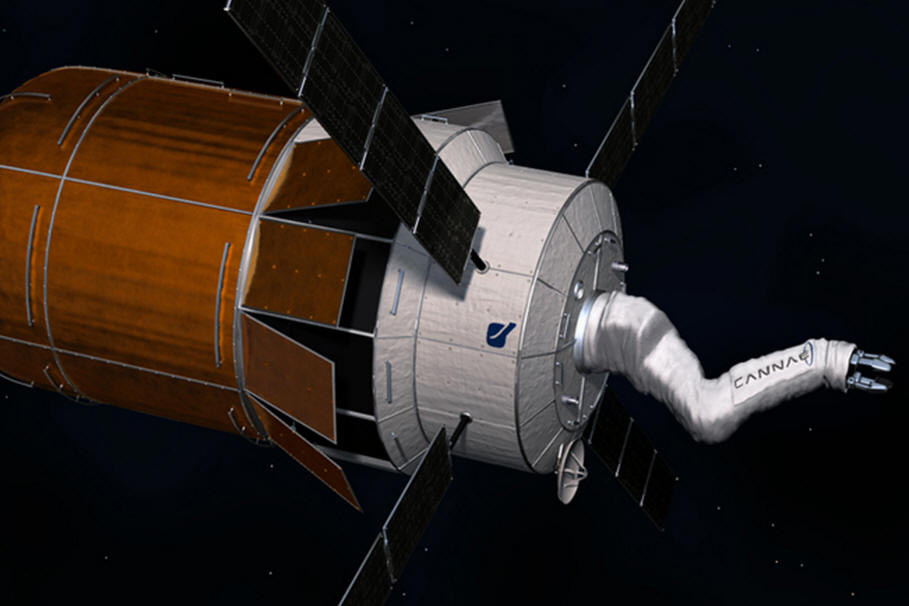NASA’s ‘impossible’ no-fuel quantum space engine
Dec 12, 2015
A team of researchers at NASA have tested a device that produces thrust by using electricity, and nothing else. The device is also known as quantum vacuum plasma thrusters or microwave thrusters. If the experiment of the Cannae Drive technology holds up, a trip to Mars could take weeks instead of months.

The researchers used magnetoplasmadynamics that provides momentum transfer by using the quantum vacuum virtual plasma. They were able to generate thrust between 30 and 50 micro-Newtons, which is less than the output of today’s low powered ion thrusters. However, these conventional ion thrusters operates on fuel, but the QVPT can use solar panels to get electricity to keep the thruster working, that means the propulsion would be low-thrust and long-term with virtually no associated cost.
Test results indicate that the innovative thruster design is demonstrating an interaction with the quantum vacuum virtual plasma and it is producing a force that is not due to any classical electromagnetic actvity.

While NASA is not talking about it, by now, most people are aware that the laws of classical physics tend to break down at the quantum scale, and exploiting that fact can produce many physical impossibilities. However, the new innovation would drastically reduce satellites running cost and it would make interstellar travel much easier.
Source: http://www.extremetech.com/extreme/187346-nasa-tests-impossible-no-fuel-quantum-space-engine-and-it-actually-works
